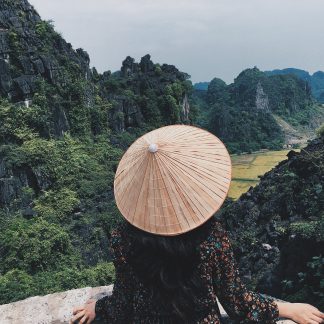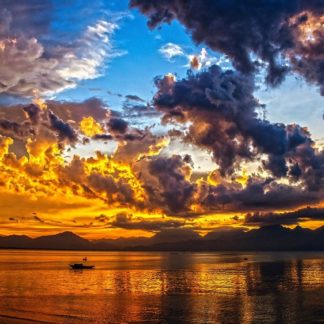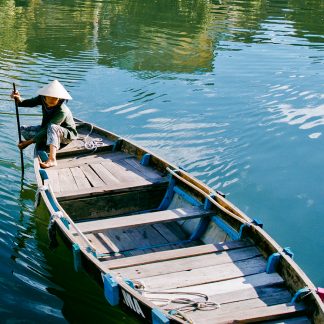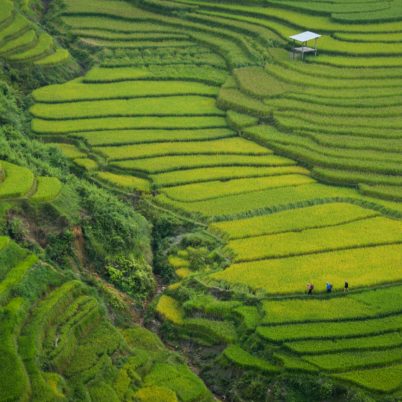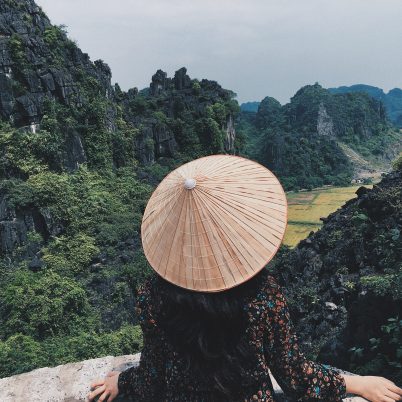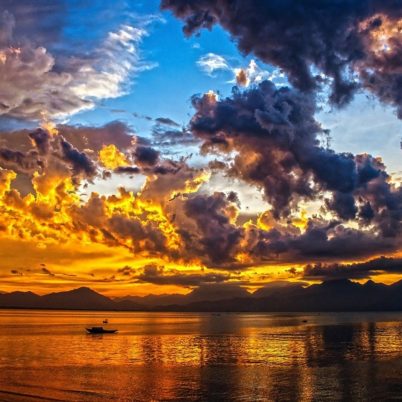Rainy Season in Vietnam
The rainy season in Vietnam makes its way across the country at different times of the year. This means while one part of the country is dry, the other may be smack in the middle of the monsoon. But don’t let this throw you off- they’re never so bad that they make travelling around Vietnam a hassle.
However, some deft planning is required for certain regions like Halong Bay and Phong Nha. These are best enjoyed in certain months, and best avoided in others. Read through our comprehensive guide on the rainy season in Vietnam to get a better idea.
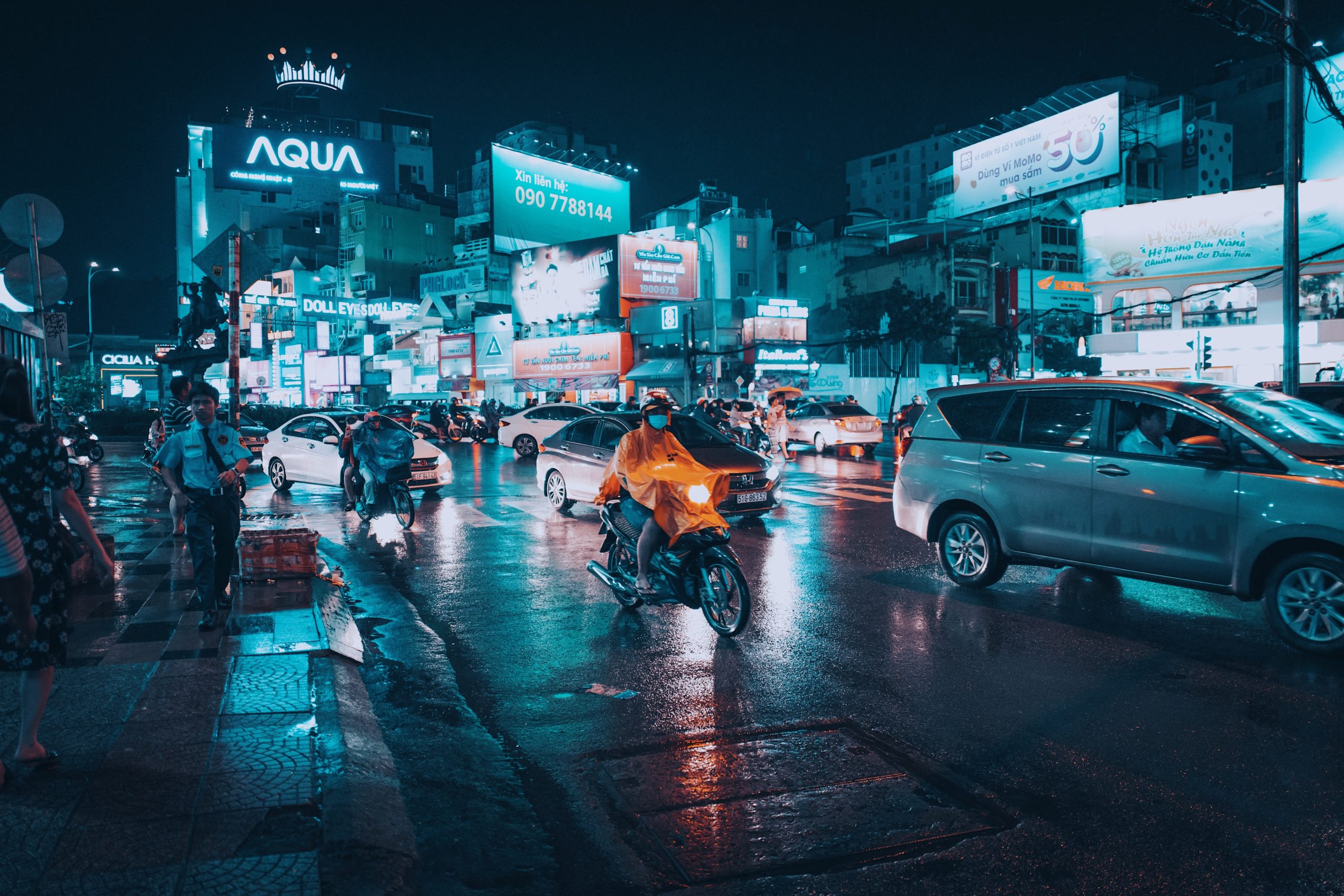 Different parts of Vietnam experience rainy season at different times of the year, making it a all-year-round holiday destination.
Different parts of Vietnam experience rainy season at different times of the year, making it a all-year-round holiday destination.
rainy season in North Vietnam
(Sapa, Ninh Binh, Hanoi, Halong Bay, Cat Ba)
When tracking the rains in northern Vietnam, it makes sense to divide the north into two main regions- Sapa and the mountainous regions, and Halong Bay on the coast. It is important to understand one thing right from the get-go: the north is never completely dry. Just like the rainy season in Vietnam, it rains in different capacities throughout the year in the North. Rainfall is at its lowest in the months of October to March, with the best time to visit from September to December.
End April and May see a few showers accompanied by increasing temperatures, ushering in humid, rainy weather. The rains come in full force in Sapa in the month of June, making trekking conditions hazardous with slippery paths.
It hits Hanoi and Halong Bay a month later, and heavy showers and tropical storms batter the coast in July and August. Weather conditions like these bring tourism at Halong Bay to a grinding halt, so be on the lookout for weather warnings.
Hanoi and its surrounding areas aren’t subject to the force of the storms like Halong Bay in August, but heavy downpours interspersed with high temperatures can make travelling a bit challenging. On the contrary, Sapa sees less rain and more sunshine in August.
Paths may still be too slippery to trek on unless you have an excellent guide leading you, but it’s still a good time to experience the green to golden rice terraces while staying at a homestay. However, if the north is not among your destinations, you can also catch the beauty of rice in Vietnam in other locations.
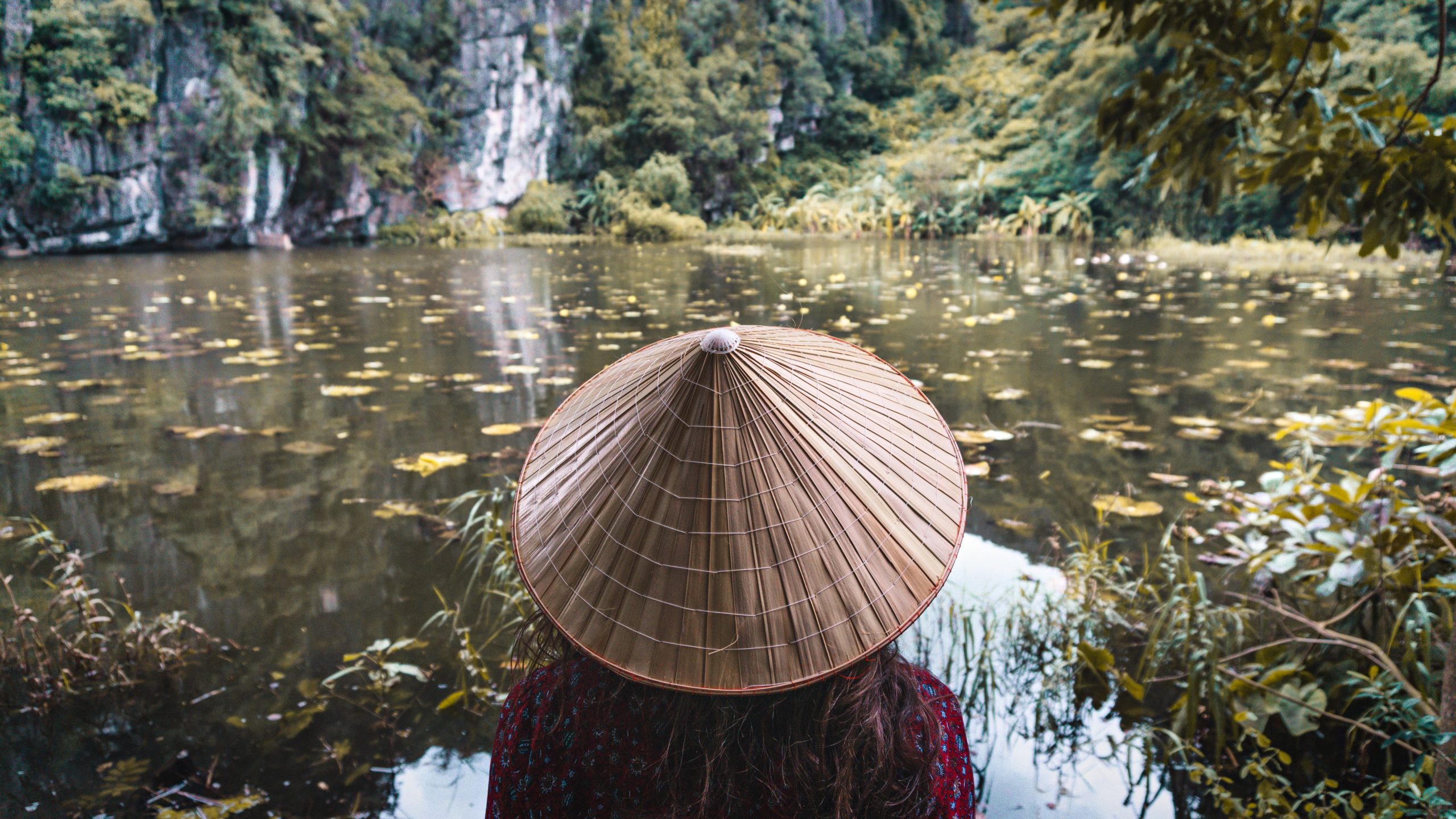 North Vietnam tends to receive different capacities of rainfall throughout the year. The best time to visit this region is between October to March, when rainfall is at its lowest.
North Vietnam tends to receive different capacities of rainfall throughout the year. The best time to visit this region is between October to March, when rainfall is at its lowest.
Central Vietnam rains
(Da Nang, Hoi An, Hue, Nha Trang)
Similar to the north, Central Vietnam also has the odd shower of rain throughout the year. March and April are its two driest months. Additionally, it too can be divided into two parts. It has the coast with its beaches (Hoi An, Da Nang, Nha Trang) and the hilly regions, called the central highlands (Da Lat).
January and February are considered to be the best two months to visit. An occasional sprinkle of rain only serves to accentuate the cool weather and warm sunshine in these months.
Da Lat and the central highlands start to receive rain in the months of May and June. However, showers are light and the weather remains good. It rains the most from July to September, after which it simmers down until October.
Post the rains, it is safe to resume trekking activities. The opposite is found in the coastal cities of Hoi An, Da Nang and Nha Trang. They have their most beach-friendly weather from March to August, by which time the weather starts to turn rainy. September to December receives the brunt of the rainfall, putting a damper on beach holidays.
The heavy showers make Phong Nha’s paths too damp to trek, and some of the caves become inaccessible. Hence we recommend avoiding Phong Nha in September and October. Additionally, the countryside and mountains sometimes flood up in September, and Hoi An, on the banks of the Thu Bon river, floods in October. However, this is a great time to head to the central highlands where you can enjoy some great food on cool nights under clear skies.
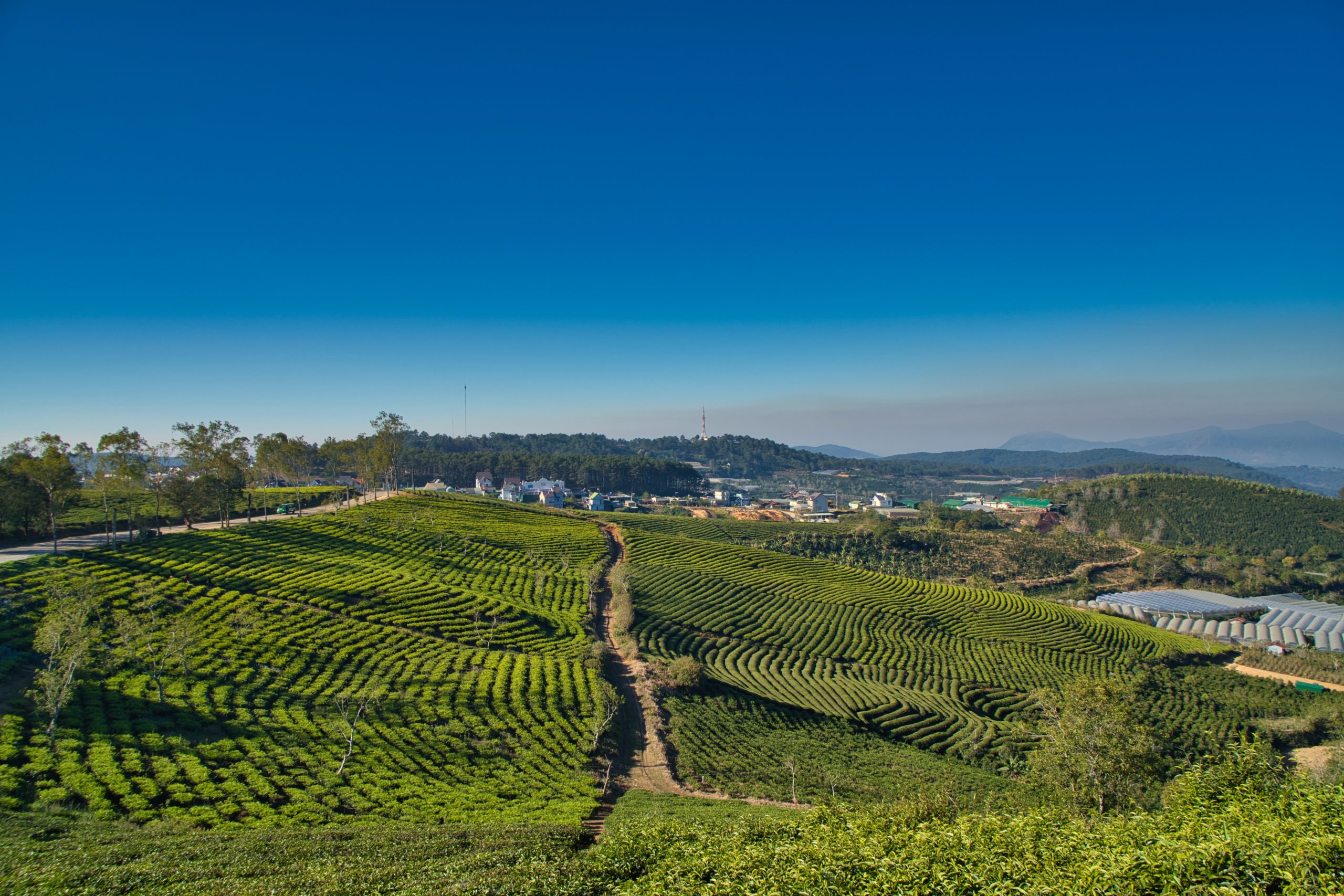 The best time to visit Central Vietnam is between January to July as the rain season lasts from August to December.
The best time to visit Central Vietnam is between January to July as the rain season lasts from August to December.
rainy season in South Vietnam
(Phu Quoc, Mekong Delta, Ho Chi Minh City)
The rainy season in Vietnam makes its presence felt the most in South Vietnam. The most tropical of all three regions, South Vietnam has the longest monsoon season from May to October. It receives the most rainfall between June and August. Overall humidity stays at around 80%.
Despite having the most months with rain, the monsoon in South Vietnam is never that bad that travelling around becomes a task. Rainfall is heavy, but it only lasts for an hour or two at the most, and often occurs mid-afternoon. It rarely rains throughout the day, but if you do want to miss out on the rains completely, visit South Vietnam between November and March.
The average temperatures in the south remain constant year round, ranging between 25° – 35°C (77°- 95°F). But January, with an average of 26°C (95°F) and little, if any, rainfall, is considered the best month to visit south Vietnam.
Rainy Season in Vietnam: In A Nutshell
In summary, it rains throughout the year in north and central Vietnam, with some months damper than others. The lowest rainfall in the north is from October to March. The best time to visit is from September to December. It is heaviest in Sapa in June, and Hanoi and Halong Bay in July and August. We highly recommend avoiding Halong Bay during its rainiest months.
However, you can still appreciate the rice terraces and tribal culture of Sapa in June. The beach destinations of Hoi An, Da Nang and Nha Trang in Central Vietnam are ideal from March to August. Avoid Phong Nha in September and October due to heavy rain, instead head to Da Lat and the central highlands. The south is ideal between November and March. The monsoon may be the longest, but the showers are brief and non-invasive.
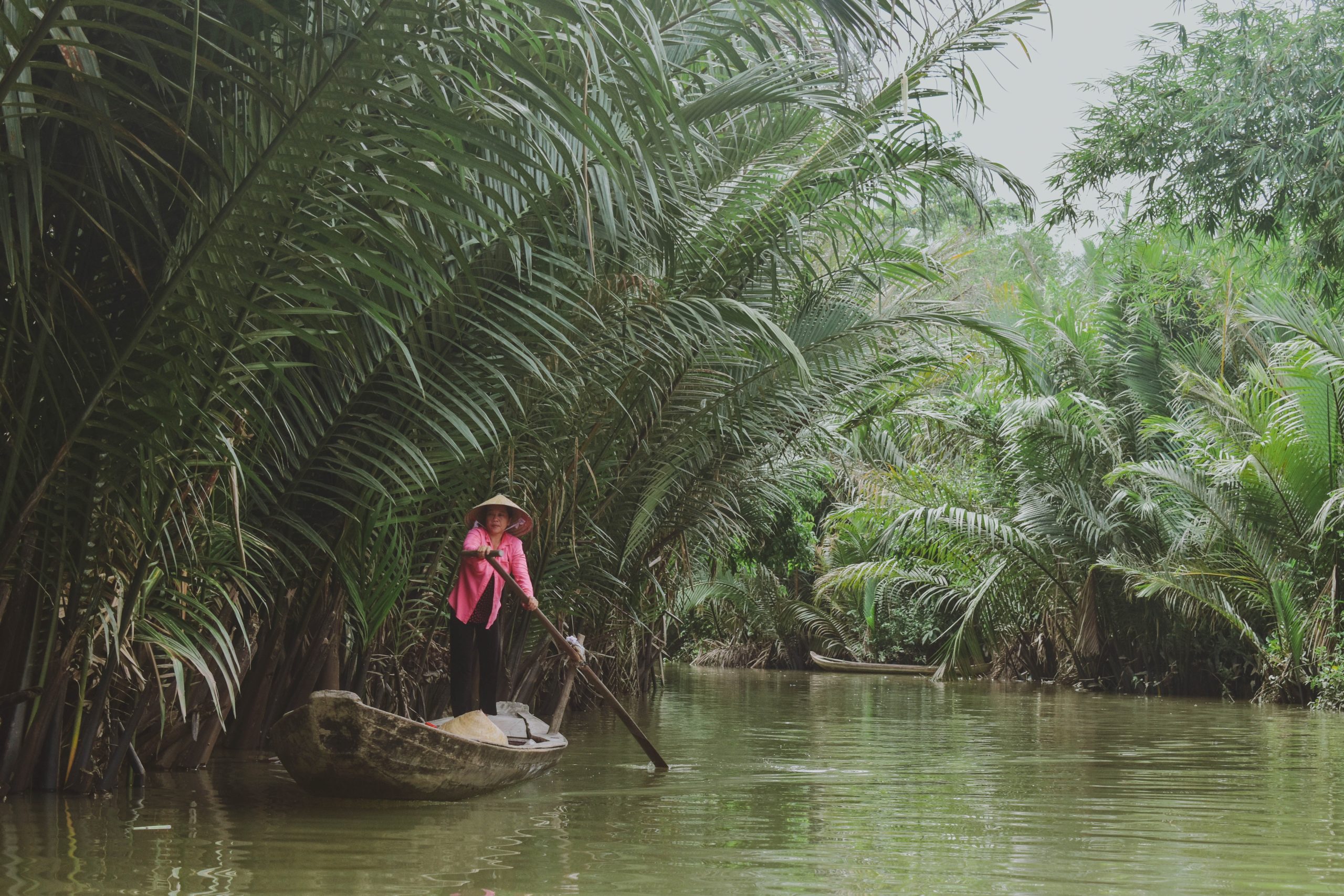 South Vietnam receives the most rainfall from May to October with the rest of the year mostly dry and sunny.
South Vietnam receives the most rainfall from May to October with the rest of the year mostly dry and sunny.
Here’s one word of advice: don’t let grey skies and wet days get in the way of you visiting Vietnam. This country is gorgeous year round, and bursting with experiences. What can possibly be the best time to visit Vietnam without having to skip any region is February, as the weather will be pleasant irrespective of the region you’re in.
The rain in Vietnam won’t get to you then. You can travel across Vietnam however you like, solo, in a group, or even as a family, with whatever budget you have. You can also pair it with Cambodia and Laos. Confused? Don’t worry- clicking on Plan Your Trip will be the first step to a guaranteed trip of a lifetime.
helping you travel your way
We provide a helping hand to independent travellers who need assistance with planning and booking their trip. The primary goal is to turn your dream holiday into reality.

